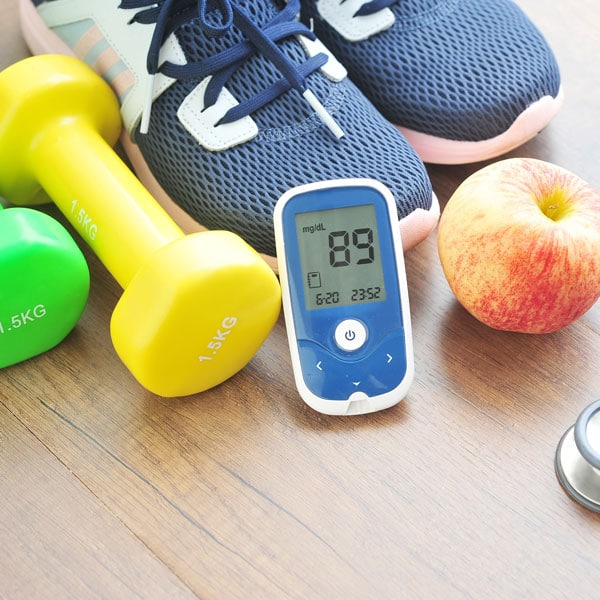 Millions of American adults don’t know they’re at a higher risk for developing diabetes.
Millions of American adults don’t know they’re at a higher risk for developing diabetes.
YOU CAN’T FIGHT an enemy if you don’t know it exists. That’s often the case when it comes to prediabetes. The condition affects more than 84 million Americans but most don’t know it, according to the Centers for Disease Control and Prevention.
Prediabetes is diagnosed by an A1C test, which measures average blood glucose over the previous two to three months. An A1C level below 5.7 percent is considered normal, while anything 6.5 percent or above means diabetes, a condition in which your body has blood sugar levels that are higher than normal.
An A1C test result between those two numbers does not mean everything is fine. An A1C level between 5.7 percent and 6.4 percent indicates prediabetes, a condition that signifies someone is at increased risk of developing Type 2 diabetes in the next decade unless they make significant changes to their health.
“Prediabetes is a wakeup call telling you to make lifestyle changes,” says Rebecca Moffat, RDN, CDE, Outpatient Dietitian and Diabetes Educator with Summit Healthcare. “It indicates you have a predisposition for developing Type 2 diabetes, but you can reverse that—diabetes is not inevitable.”
What Can I Change?
Some risk factors for diabetes are out of our control, including age, family history, genetics, and, for women, having gestational diabetes during pregnancy. However, we can take action on certain lifestyle risk factors.
“Fat is associated with insulin resistance, which increases your risk of Type 2 diabetes, so the first step is to lose weight,” Rebecca says. “The best ways to do that are to make healthier food choices and to be more physically active. Better food choices help you lose the weight, while physical activity helps you keep it off and provides other health benefits, as well.”
A weight loss of just 5 to 7 percent of body weight significantly affects your health risks. For most people, that means losing just 10 pounds can make a huge difference.
“Getting enough physical activity can be as simple as doing 30 minutes of brisk walking or other aerobic exercise daily,” Rebecca says. “Avoid sitting for long periods, as well—get up and move around throughout your day, even if it’s just for a few minutes.”
As far as making healthier food choices goes, Rebecca recommends limiting refined or starchy foods, such as white flour, potatoes, and sugar-sweetened drinks and replacing red and processed meats with beans, nuts, soy, poultry, fish, or dairy.
It’s OK—Ask for Help!
While not all diabetes risk can be removed, making these lifestyle changes can at the very least slow the progression toward or lessen the severity of diabetes. Rebecca recommends patients talk to their primary care doctors about how best to address their personal risk.
You can also look into Summit Healthcare’s Diabetes Self-Management Training Program, which educates participants about diet and physical activity changes that can prevent diabetes. The program is recognized by the American Diabetes Association and based on a study in which participants making lifestyle changes saw a 58 percent lower risk of developing diabetes after losing only 7 percent of their body weight.
“The best thing you can do is educate yourself,” Rebecca says. “Learn about diabetes, nutrition, and how your body uses carbohydrates. Learn about medications and what your glucose levels mean. Education empowers you, so you don’t feel like a victim just waiting for the next doctor’s appointment. You can take control of your prediabetes or diabetes.”
Healthy eating is one of the best ways to prevent diabetes. To learn more about Summit Healthcare’s nutrition services, visit summitheam2024.wpenginepowered.com/dietary-nutrition or call 928.537.6984.

